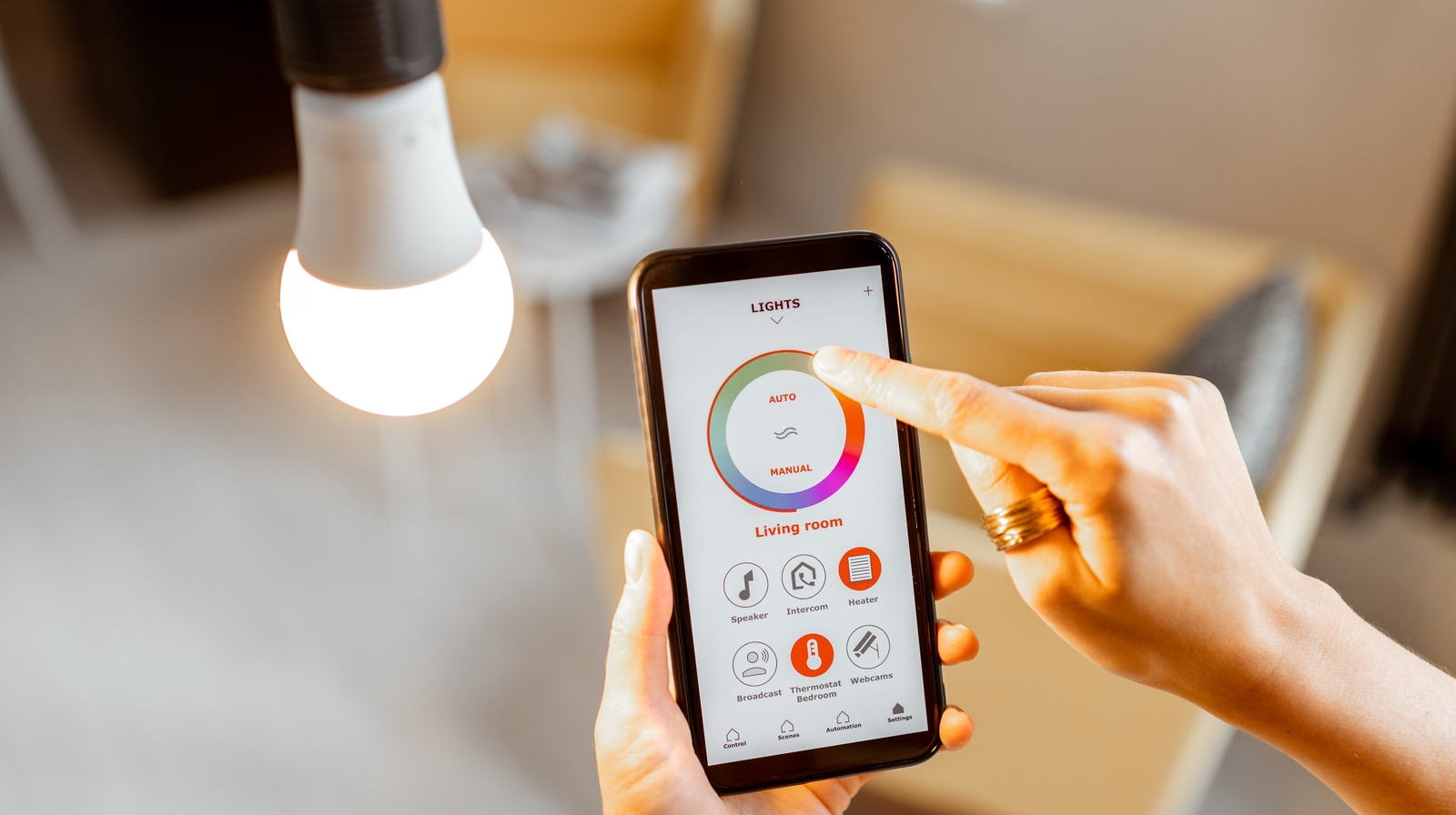
Before purchasing and installing a smart light bulb, there are a few key factors to consider. One of the most noticeable differences between a smart bulb and a traditional one is the cost. Smart bulbs typically range from to over , depending on their features and compatibility with different smart home systems. In comparison, standard bulbs usually start at around each.
However, the initial investment in a smart bulb can pay off in the long run through lower electricity bills. Smart bulbs are typically equipped with LED technology, which is more energy-efficient and longer-lasting than incandescent lights. By utilizing timers and scheduling features, you can further reduce the amount of time your lights are on, leading to additional energy savings.
Smart light bulbs are a great entry point into the world of smart home technology. If you find the color options, timers, and remote monitoring appealing, you may enjoy expanding this approach to other areas of your home. On the other hand, if you prefer the simplicity of traditional light bulbs and find the additional features unnecessary, sticking with basic lighting options may be the better choice for you. Whether you embrace the convenience of smart bulbs or opt for a more straightforward lighting solution, it’s important to weigh the benefits and costs before making a decision.


